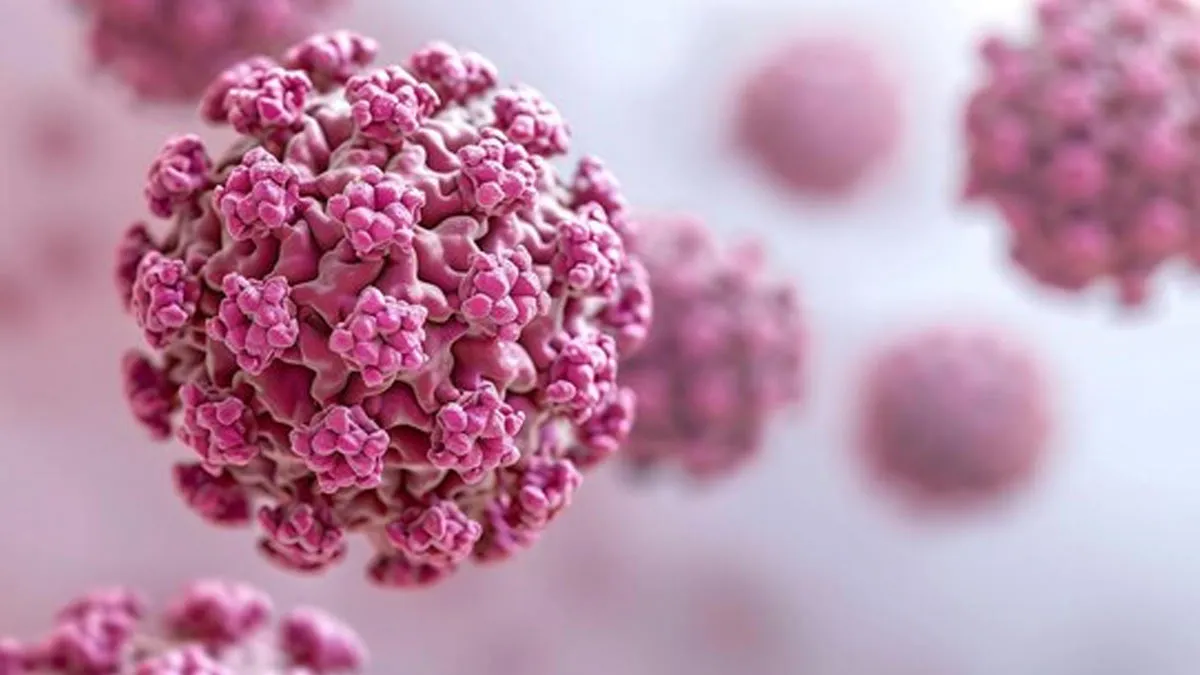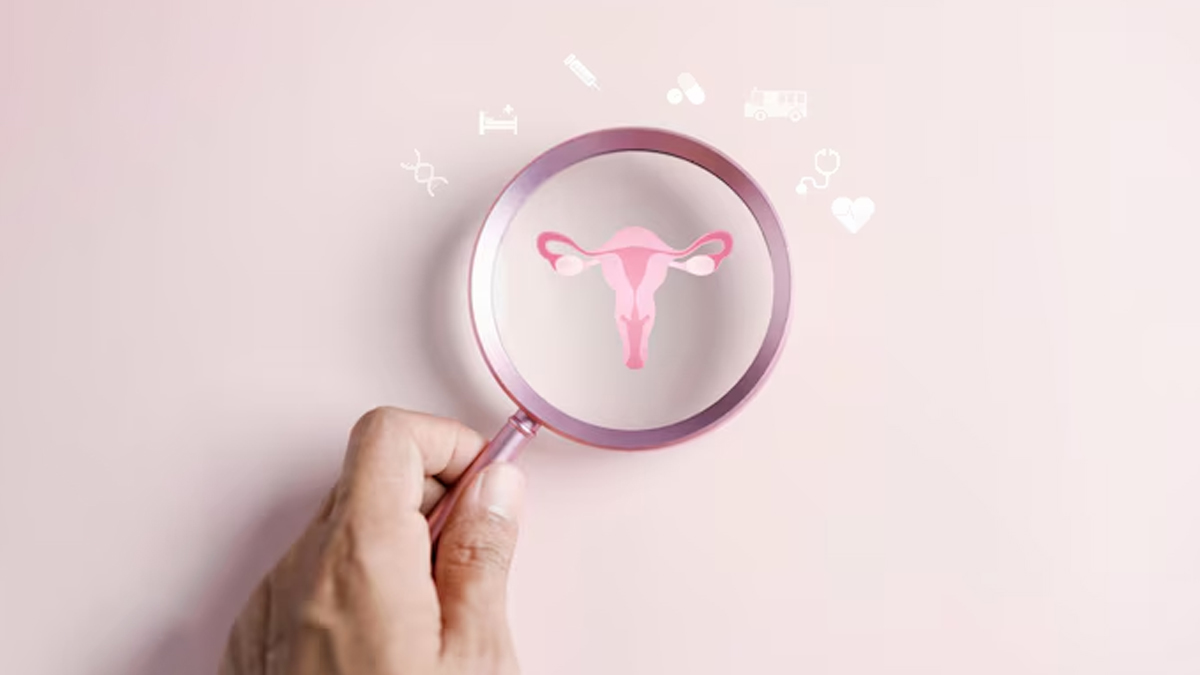
The Human Papillomavirus (HPV) is a common virus that spreads through skin-to-skin contact, particularly during sexual activity. This Sexually Transmitted Infection (STI) usually causes skin growths or warts, and high-risk HPVs are said to cause about 5% of all cancers worldwide.
Table of Content:-
For those who are aware of HPV, one common concern is whether the infection will resolve on its own or not or if it will cause serious complications. In an interaction with the OnlyMyHealth team, Dr Pruthu Dhekane, Consultant - Infectious Disease, Manipal Hospital, Baner, Pune, shares insights around this doubt and also answers common questions regarding HPV infection.
Also Read: Noida To Roll Out HPV Vaccine Drive For Girls
Can HPV Infection Clear Away On Its Own?

It may be surprising to learn that there are over 200 known types of HPV, with about 40 of them being sexually transmitted and some leading to genital warts and/or contributing to the risk of certain cancers.
According to the World Health Organization (WHO), at least 13 of more than 100 known HPV genotypes can cause cancer of the cervix and are linked to other anogenital cancers and cancers of the head and neck. The two most common high-risk genotypes are HPV 16 and 18, which are said to cause approximately 70% of all cervical cancers, the health body notes.
The good news is that HPV infections often clear on their own, particularly in individuals with healthy immune systems, says Dr Dhekane. “Within two years, most patients infected with low-risk HPV strains, such as those that cause genital warts, see a spontaneous resolution.”
However, high-risk strains occasionally survive and need to be monitored, warns Dr Dhekane.
Treatment can be required in certain situations to avoid consequences like cancer. For high-risk HPV strains in particular, early detection of persistent infections requires routine examinations and screenings.
What Are The Long-Term Effects Of Untreated HPV?

While some HPV strains go away on their own, certain types need proper treatment, as they can pose serious long-term health risks.
According to Dr Dhekane, precancerous lesions caused by high-risk HPV kinds have the potential to develop into malignancies, such as those of the throat, anal region, penis, and cervical region.
Cervical cancer in women is closely associated with chronic infections caused by high-risk strains. Although they are not usually linked to cancer, genital warts, especially those of the low-risk variety, can be upsetting.
How To Reduce The Risk Of HPV?
When it comes to preventing HPV or reducing its risk, safe sex practices play a major role. Given that HPV infections are usually sexually transmitted, using condoms and other safe sex methods can lower the chances of catching HPV. It is important to note that these methods are not 100% effective since HPV can infect regions that condoms cannot protect.
Exposure can also be decreased by limiting the number of sexual partners. The body can also stave off infections by keeping its immune system strong through regular exercise, a balanced diet, and stress management.
For both men and women, HPV vaccination is strongly advised, as it provides defence against the most prevalent and dangerous forms of the virus.
Also Read: Cervical Cancer Prevention: How Maintaining Personal Hygiene Can Reduce The Risk
Role Of HPV Vaccine
HPV vaccines are said to be highly effective in preventing cervical cancer. The WHO suggests that all existing HPV vaccines are highly efficacious in preventing infection with virus types 16 and 18, which are together responsible for approximately 70% of cervical cancer cases globally.
Currently there are six licensed HPV vaccines: three bivalent, two quadrivalent, and one nonavalent vaccine.
WHO currently recommends:
- A one- or two-dose schedule for girls aged 9-14 years
- A one- or two-dose schedule for girls and women aged 15-20 years
- Two doses with a 6-month interval for women older than 21 years
How Often Should Women Get Screened For HPV?

In addition to getting timely HPV vaccination, Dr Dhekane also recommends frequent screening.
She says, “Pap smears should be performed every three years until the age of 29, with cervical cancer screenings starting at age 21. Depending on health recommendations and personal risk factors, women between the ages of 30 and 65 should undergo a Pap smear every three years or a combination Pap smear and HPV test every five years. If the results have been consistently normal, women over 65 may no longer require routine screenings.”
The doctor shares that it is crucial to heed the advice of a healthcare practitioner since they may modify screening according to the individual’s medical history and that of their family.
Conclusion
HPV is a virus family with over 200 types, and some of these strains are sexually transmitted, with some being low-risk and others high-risk. While high-risk HPVs need to be managed, as they can increase a person's risk of different types of cancers, low-risk HPVs may resolve on their own, even without treatment. However, it is always beneficial to get regular screening, and if you are young, getting the HPV vaccination can prevent many of the high-risk HPV strains.
Also watch this video
Read Next
Can Intermittent Fasting Help Ease Acid Reflux Symptoms? Here's What A Gastroenterologist Has To Say
How we keep this article up to date:
We work with experts and keep a close eye on the latest in health and wellness. Whenever there is a new research or helpful information, we update our articles with accurate and useful advice.
Current Version
